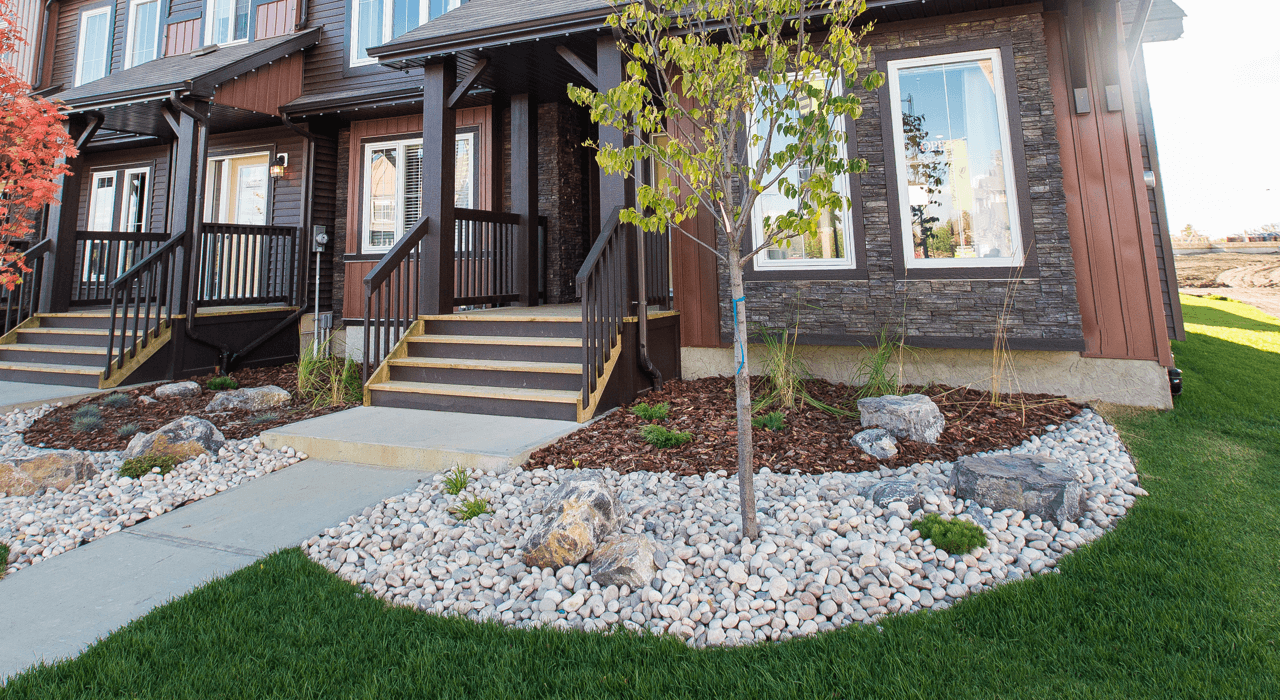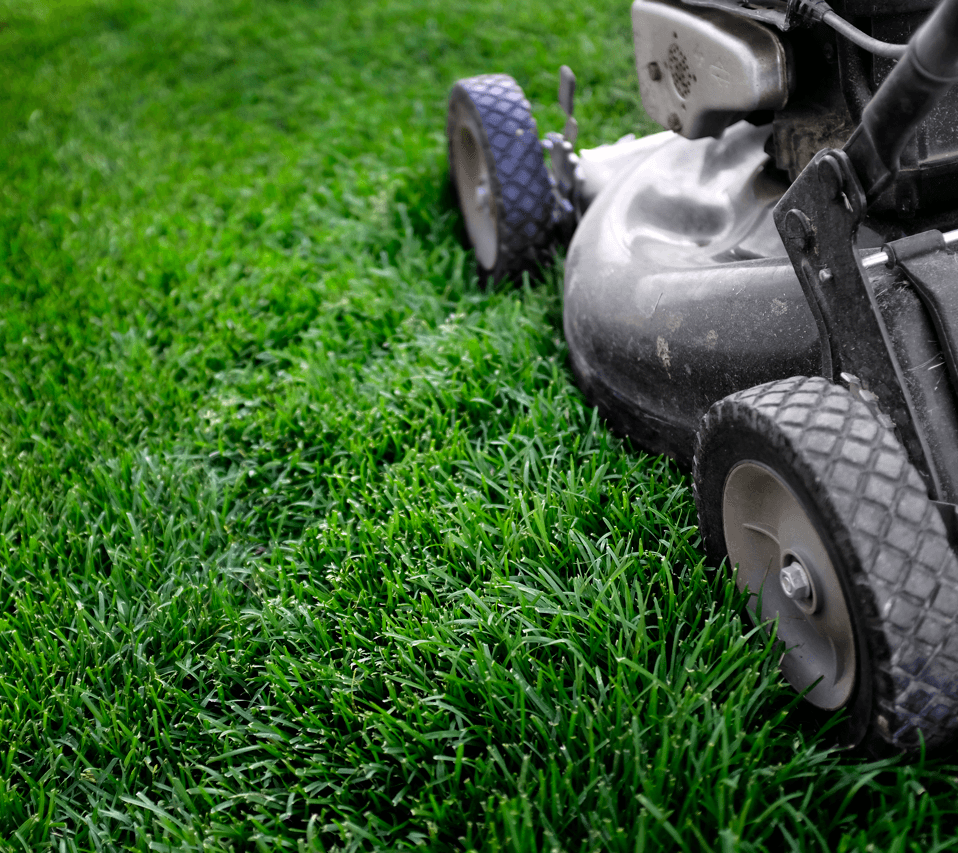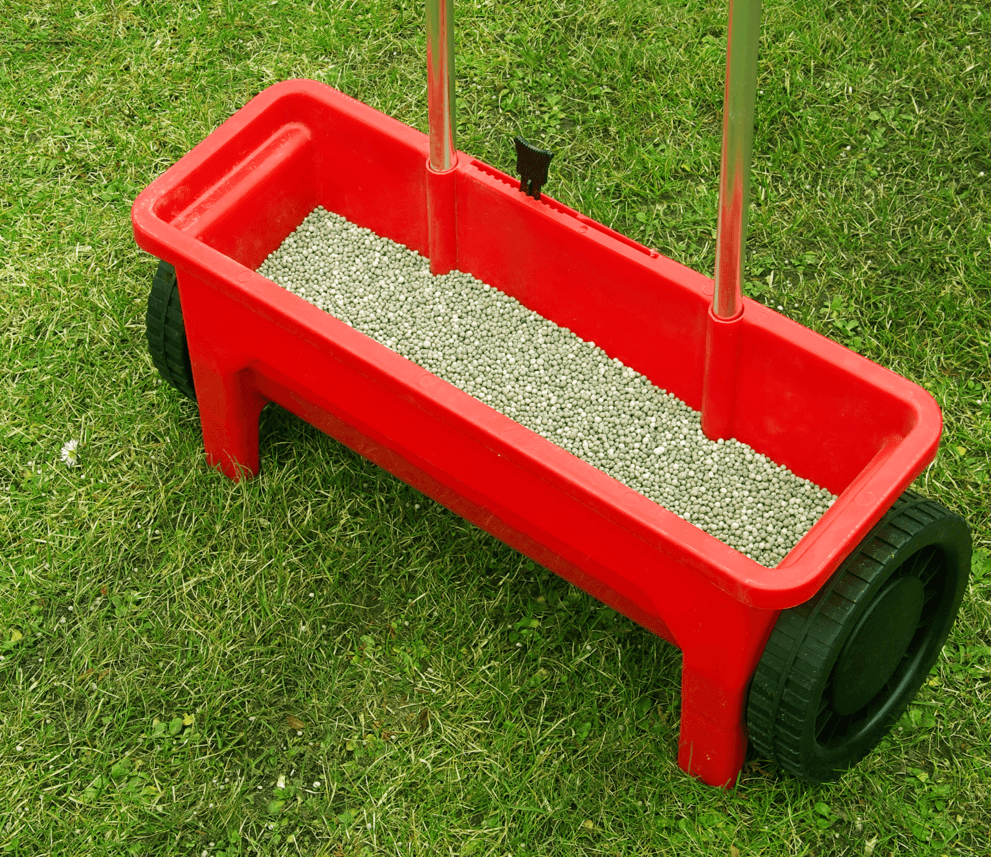
Spring has arrived and we all know what that means: the invigorating smell of freshly mowed grass, the scent of new blooms, and the soothing sounds of sprinklers along your street. If you are planning new landscaping this year, we have some tips for how to get your new grass and other greenery started so that it is healthy and vibrant for years to come.
Watering:
The first 12 hours after new sod has been laid down is when it is most vulnerable to drying out. This also applies to sod that is laid in late fall. We recommend watering right up until snowfall.
Be prepared by having enough garden hose to reach all corners of your yard.
A good sprinkler is also necessary to ensure proper watering of the entire yard. Do not water by hand because by doing so, the distribution of water is not even.
New sod should be watered to the point that the soil is soft when stepping on it. This is approximately 30 – 40 minutes per area.
Water every day for 7 days, and then cut back to once every 2 days. Discretion is required; if days are hot and dry, water more often. If it is moist from rain or snow, water less.
Keep in mind that you cannot over water sod. Under watering will kill your sod.
If gaps start to appear between rows of new sod, this is an indication your sod is drying out.
Do not water between the hours of 8 AM and 6 PM. During those hours, the water acts like a magnifying glass and will burn your new sod. Early morning or late evening is best.
Try to keep traffic off your new sod as much as possible except to water your grass; walking on your freshly watered sod can create uneven grass and low spots on your property.
 Lawn Cutting:
Lawn Cutting:
Your first cutting of new sod should be when the grass reaches 6 inches long. This should take about 2 weeks depending on the weather.
Fertilizer:
In early fall we recommend a fall fertilizer application to your lawn.
Warranty:
Sod is not warrantied. If there is an issue, the site will be reviewed on a case-by-case basis as it depends on whether the homeowner is following our sod maintenance guidelines. Please note that settlement on your property is not warrantied. Should you have any questions or concerns, please email seasonal@yourpacesetter.com and we will address them.
Tree & Shrub Maintenance:
Watering:
Your trees and shrubs were watered when they were installed. This is to ensure they survive the first days.
In order to keep your trees and shrubs alive and healthy, there is some maintenance involved. For the first year or two, your trees and shrubs will require water and nutrients that you will be responsible to supply. Although every tree is different and therefore they have different needs, these are some basic tips to encourage the successful life of your trees and shrubs.
Trees and shrubs should stay on the same watering schedule as the sod.
Unlike sod, they can be over watered. The leaves on trees and shrubs will turn yellow from over watering and brown if not watered enough. Discretion is required throughout the season to determine how much, and when to water.
Do not put landscape fabric, rock or mulch around trees and shrubs unless you leave a hole in the fabric large enough to provide good aeration around the base of tree or shrub. Fabric holds moisture in the ground and can cause root rot.
Do not pile excess dirt around the base of your trees and shrubs, as this could cause root rot.
In the late fall, water your trees and shrubs very well. This will help ensure premature budding in the spring.
If we receive warm weather during the winter, we recommend watering your trees and shrubs to help ensure premature thawing.
 Fertilizer:
Fertilizer:
We recommend that you do not fertilize your trees or shrubs during the first growing season.
Warranty:
Trees and Shrubs are guaranteed for 1 year.
*Trees and shrubs that show lack of maintenance will not be covered under warranty
*Trees that have had mulch installed around them are not covered under warranty, as mulch that is placed incorrectly can cause harm to your new tree.
Fall & Regular Maintenance Tips:
Mow your lawn in fall (final cut) to approximately 1¼ Inches. Disease has a harder time with short grass. This will also eliminate pests (field mice and other burrowing animals) that want a warm place to sleep.
Most lawns need water whenever it is dry, no matter what season.
Remove the fallen leaves on your lawn by raking or mulching with your mower as excess leaves may smother your grass.
Keep lawn clear of debris (pet toys, lawn furniture). Objects left on grass can create dead spots. Dog urine can damage your lawn as well.
Once your tree, shrubs and perennials are established, maintaining them is the key to ensure healthy growth. Part of the regular maintenance is pruning. No matter what type of trees and shrubs you are growing, it is a good idea to prune out any dead or damaged branches. This helps with plant beauty and growth. Dead stems attract insects and invites disease to develop. Prune most flowering shrubs (ie: Spireas, Potentilla) in early winter while dormant or early spring before they push out new growth.
Ensure that all of your trees and shrubs are moist when the ground begins to freeze (approximately early November).
Taking these steps to care for your new lawn, trees, and shrubs will ensure your landscaping will be healthy and strong for the next season and beyond.
Photo credits: fertilizer, mowing
